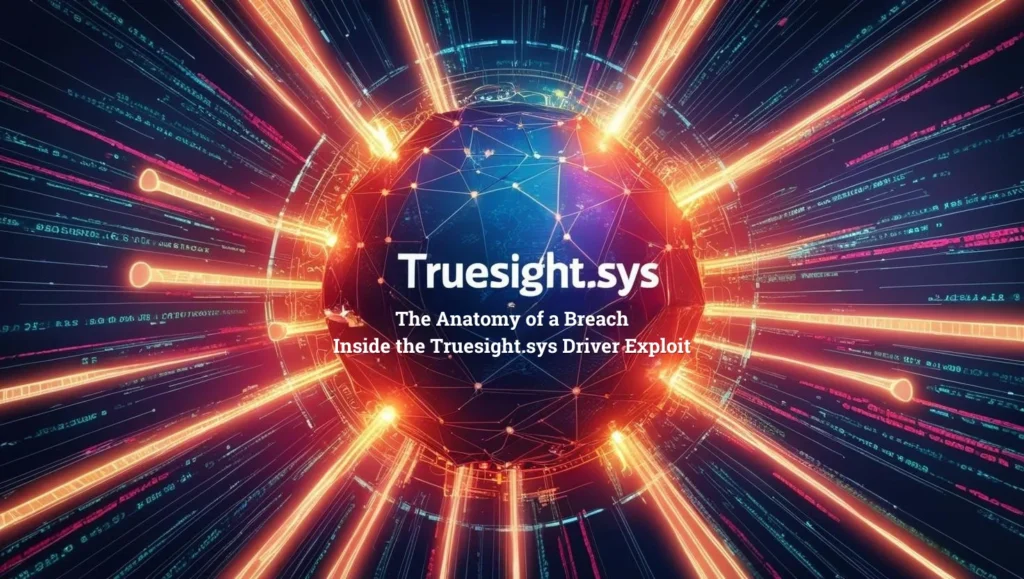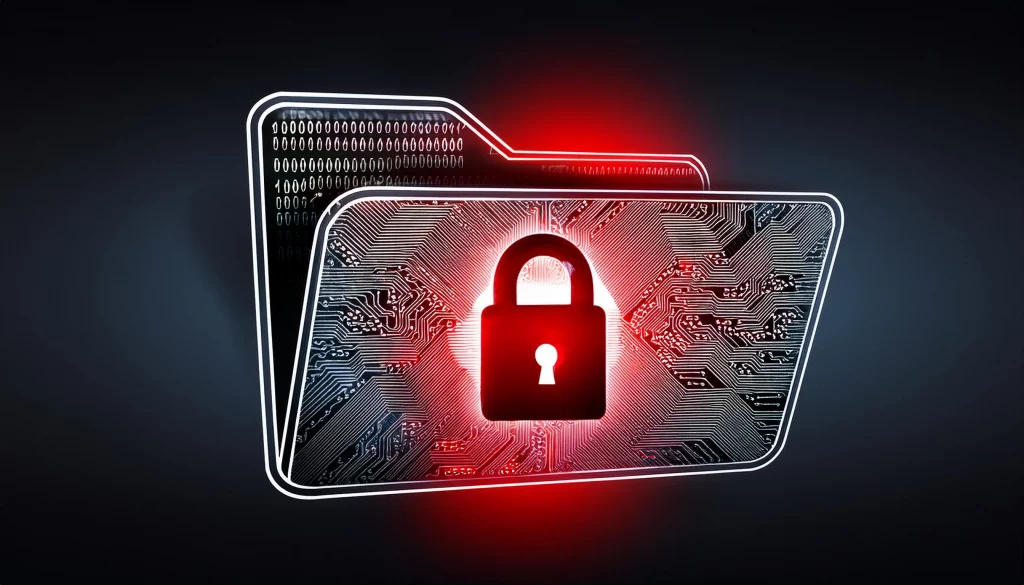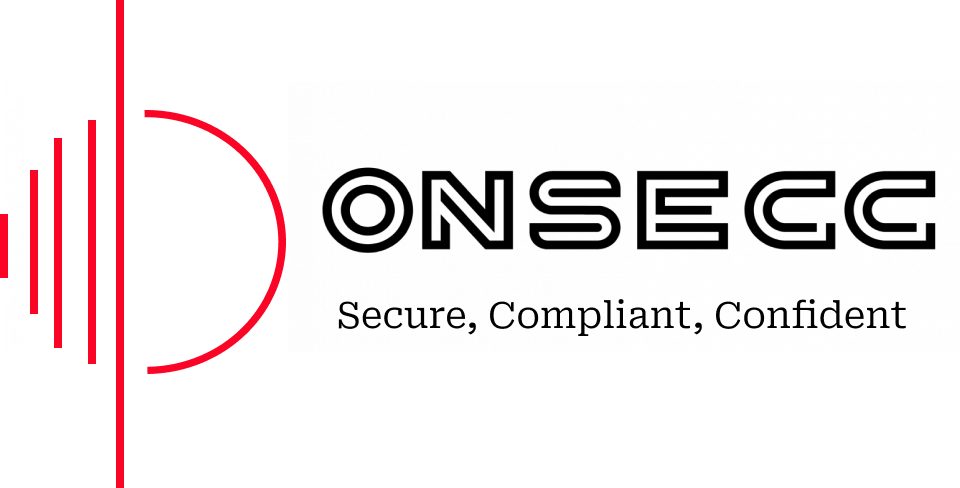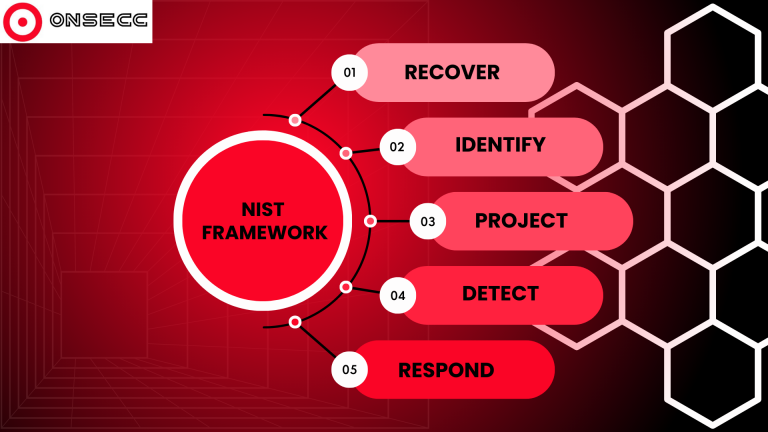The Cost of Non-Compliance: What the TfL Cyber Attack Teaches Us
In an increasingly connected world, where public services rely heavily on digital infrastructure, cybersecurity compliance is not merely a recommendation—it’s an imperative. The recent cyberattack on Transport for London (TfL) has sparked concerns across industries about the cost of non-compliance. This event underscores the dangers of overlooking cybersecurity regulations and what it could mean for public infrastructure and businesses alike.
In this article, we take a deep dive into the TfL cyberattack, the consequences of non-compliance, and how companies can safeguard themselves against such threats. We’ll also highlight what this teaches us about the importance of cybersecurity compliance and the role of proactive solutions like those provided by Onsecc in mitigating such risks.
In this article:
- The TfL Cyberattack: A Timeline of Events
- The Financial Fallout: How Much Did It Cost?
- The Human Impact: How Londoners Were Affected
- Why Non-Compliance Comes with a Heavy Price
- Cybersecurity Compliance: What Went Wrong for TfL?
- Lessons Learned: How Businesses Can Safeguard Themselves
- Onsecc’s Role in Cybersecurity Compliance
- Protect Your Business Before It’s Too Late
- Cybersecurity Compliance Isn’t Optional—It’s Essential

The TfL Cyberattack: A Timeline of Events
The TfL cyberattack was first detected on September 1, 2024. Initially, it seemed like a typical case of digital disruption. However, as the situation unfolded, it became clear that this was a sophisticated and aggressive breach targeting the heart of London’s public transportation system. TfL engineers quickly shut down several areas of operation to contain the attack, affecting digital systems like jam cams, concession card applications, and online payment services for Oyster and contactless cards.
But the real story goes deeper. Over 5,000 customers’ personal data, including names, addresses, and bank details, were compromised. Despite the National Cyber Security Centre (NCSC) and National Crime Agency (NCA) stepping in to assist TfL in containing the breach, the damage was already done.
The attack not only exposed sensitive customer information but also brought some of TfL’s critical projects to a grinding halt. One such initiative was Project Oval, which aimed to extend contactless ticketing to stations outside Greater London. The attack has forced the delay of this vital project, a clear indicator of how cyber incidents can disrupt essential services.
The Financial Fallout: How Much Did It Cost?
The immediate cost of the cyberattack to TfL has been several million pounds—a staggering figure. But when we talk about the cost of cyberattacks, it’s important to remember that these are not just direct financial hits. They come with long-term ripple effects: reputational damage, regulatory fines, loss of customer trust, and delays in ongoing projects.
TfL now faces the burden of compensating commuters who were out of pocket due to incomplete journeys made using contactless cards and the suspension of Oyster photocard applications. Refunds for these additional travel expenses are being processed, but the logistics of doing so without full system functionality remain a challenge.
The Human Impact: How Londoners Were Affected
Though the bus and Tube services remained operational, TfL’s ability to process digital services, such as online journey history and live Tube arrival information, was severely disrupted. For many Londoners, particularly students and older citizens who rely on Zip cards and Oyster cards, the attack was more than just an inconvenience. It resulted in financial hardship, as they were forced to pay full fares while TfL worked to resolve the issue.
Sadiq Khan, the Mayor of London, admitted that a “big number” of Londoners had been affected, including 1.2 million older residents who qualify for concessionary travel with the 60+ Oyster and Freedom Pass. The situation is expected to take months to fully resolve, with some sources indicating it could extend until Christmas 2024 before all systems are back online.
Why Non-Compliance Comes with a Heavy Price
The TfL cyberattack teaches us a crucial lesson: the cost of non-compliance is far greater than the cost of compliance. In today’s regulatory environment, adhering to cybersecurity frameworks like ISO 27001, SOC 2, and GDPR is non-negotiable. The attack on TfL exposed several vulnerabilities that likely stemmed from an inability to fully meet stringent security regulations.
Here are the key ways in which non-compliance can wreak havoc on organizations:
- Financial Penalties: Beyond the operational costs, businesses that fail to comply with data protection laws such as GDPR can face crippling fines. These fines can amount to as much as 4% of global annual revenue for severe violations.
- Reputational Damage: The attack on TfL has severely dented public confidence. For companies like TfL, reputation is everything. Loss of trust can lead to customers migrating to competitors or abandoning services altogether.
- Operational Disruption: As seen with TfL, cyberattacks don’t just impact digital systems—they can disrupt entire operations. TfL’s systems for processing payments, issuing refunds, and managing customer data were brought to a standstill, costing both time and resources.
- Legal Repercussions: Breaches of this nature are also subject to intense legal scrutiny. The compromised personal data of over 5,000 individuals may lead to class-action lawsuits from affected customers, further escalating costs for TfL.
Cybersecurity Compliance: What Went Wrong for TfL?
The scale of this attack raises the question: What went wrong for TfL? The fact that hackers were able to access sensitive customer data and disrupt services indicates weaknesses in the company’s cybersecurity protocols. While TfL’s security measures may have been robust in some areas, it’s evident that their defenses were not fully aligned with modern cybersecurity standards.
This is where compliance frameworks come in. Organizations need to ensure they are meeting the requirements of global standards such as:
- ISO 27001: Provides a framework for managing and protecting information assets.
- NIST Cybersecurity Framework: A set of guidelines for improving critical infrastructure cybersecurity.
- SOC 2: A report on internal controls related to security, availability, processing integrity, confidentiality, and privacy.
Non-compliance with these standards leaves gaps in security that cybercriminals can exploit. Regular audits, comprehensive security assessments, and staff training are essential to stay ahead of cyber threats.
Lessons Learned: How Businesses Can Safeguard Themselves
The TfL attack serves as a stark reminder of the importance of vigilance in today’s digital world. So, what can businesses take away from this incident?
- Proactive Security Audits: Regular cybersecurity audits can help identify vulnerabilities before hackers do. Businesses should frequently review their security measures and ensure they are compliant with international standards like ISO 27001.
- Data Encryption: Ensuring that customer data is properly encrypted can prevent sensitive information from being compromised, even if attackers gain access to the system.
- Incident Response Plan: Every organization must have a robust incident response plan in place. This plan should detail exactly how to react in the event of a breach, including steps for damage control, public communication, and system recovery.
- Employee Training: Often, human error is the weak link in cybersecurity defenses. Regular training for employees on how to detect phishing attacks and adhere to security protocols is essential.
Onsecc’s Role in Cybersecurity Compliance
At Onsecc, we understand that cybersecurity compliance can seem overwhelming, especially in today’s rapidly evolving threat landscape. Our mission is to simplify compliance for businesses of all sizes. We offer a range of services designed to help organizations meet and exceed regulatory requirements, including:
- Vulnerability Assessment and Penetration Testing (VAPT): Proactively identify weaknesses in your systems before attackers do.
- ISO 27001 Implementation: We help businesses implement and maintain an effective Information Security Management System (ISMS) to protect sensitive information.
- GDPR Compliance Services: Ensure your organization meets GDPR requirements and avoids heavy fines by protecting customer data.
- SOC 2 Certification: Achieve the highest standards in security, availability, and confidentiality for your systems.
Protect Your Business Before It’s Too Late
Don’t wait for a cyberattack to expose your vulnerabilities. Onsecc is here to help you stay compliant, protect your data, and build trust with your customers. Contact us today for a free consultation and start taking proactive steps toward cybersecurity compliance.
Secure your future with Onsecc, and let us handle the complexities of compliance so you can focus on what matters most—growing your business.
Cybersecurity Compliance Isn’t Optional—It’s Essential
The TfL cyberattack is a clear reminder that non-compliance comes with a high cost. From financial losses to reputational damage, the fallout from a breach can be devastating. However, the good news is that these risks are preventable. By adhering to cybersecurity frameworks, conducting regular audits, and engaging with experts like Onsecc, businesses can protect themselves against the rising tide of cybercrime.In today’s digital world, compliance isn’t just about following the rules—it’s about building a resilient and trustworthy organization. Let the lessons of TfL guide your approach to cybersecurity and ensure that your business is ready for the future.
Contact info
- 3rd Floor, 86-90 Paul Street, London, EC2A 4NE, UK
- +44-2034880245
- hello@onsecc.com
Share Blog On
Recent Posts:
-
 Cyber Insurance for Small Businesses: What You Don't Know Could Cost You Everything
Cyber Insurance for Small Businesses: What You Don't Know Could Cost You Everything -
 Meet AkiraBot: The AI Spam Demon Haunting 420,000 Websites (and Counting)
Meet AkiraBot: The AI Spam Demon Haunting 420,000 Websites (and Counting) -
 2,500 Faces of Deceit: The Proliferation of Malicious Truesight.sys Variants
2,500 Faces of Deceit: The Proliferation of Malicious Truesight.sys Variants -
 Zero-Day Vulnerabilities: The Invisible Threat Redefining Cybersecurity
Zero-Day Vulnerabilities: The Invisible Threat Redefining Cybersecurity -
 The Middle East’s Cybersecurity Gap: Building Defenses for a Digital Future
The Middle East’s Cybersecurity Gap: Building Defenses for a Digital Future -
 The Cost of Non-Compliance: What the TfL Cyber Attack Teaches Us
The Cost of Non-Compliance: What the TfL Cyber Attack Teaches Us -
 GDPR in the United States: A Do or Die Situation for Businesses
GDPR in the United States: A Do or Die Situation for Businesses -
 Is Your Business PCI Compliance Certified? Don’t Risk It!
Is Your Business PCI Compliance Certified? Don’t Risk It!





